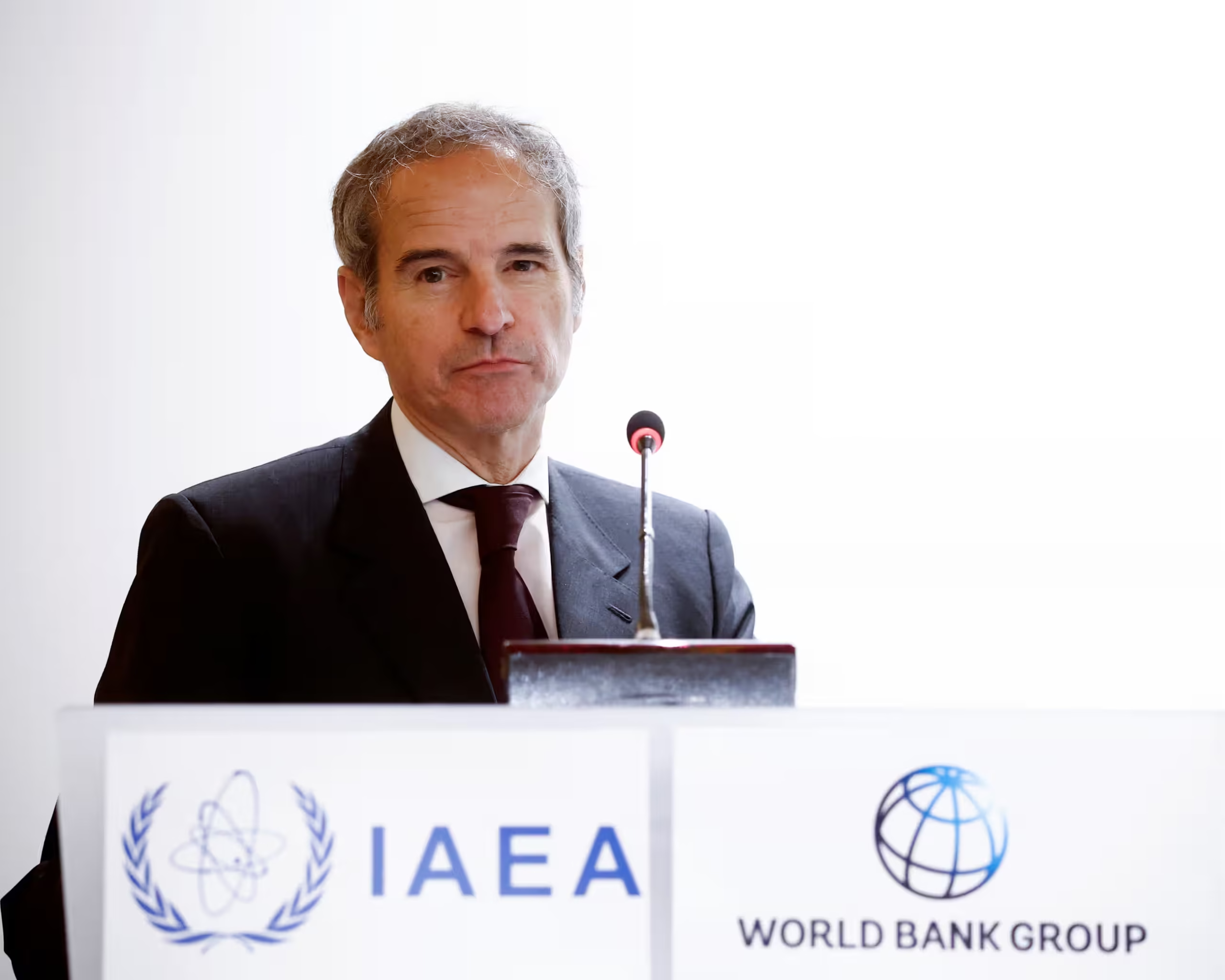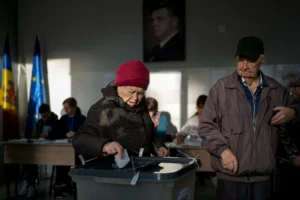Iran likely to restart uranium enrichment within months, IAEA warns — that was the chilling assessment from International Atomic Energy Agency (IAEA) Director-General Rafael Grossi following recent U.S. and Israeli strikes on Iranian nuclear sites. The latest nuclear-threat spike spotlights both geopolitical tensions and the enduring challenge of preventing nuclear proliferation.
IAEA Chief’s Damning Assessment
In a June 29 interview with CBS News, Grossi emphasized that while damage to Iran’s nuclear facilities was “severe,” it was far from total. He warned, “They can have, you know, in a matter of months… a few cascades of centrifuges spinning and producing enriched uranium, or less than that.”
This statement directly contradicts former U.S. President Trump’s assertion that the sites were “totally obliterated,” underscoring how limited military action—without sustained diplomatic engagement—may only buy time, not solve the proliferation risk.
Scope of Damage: Serious But Incomplete
The strikes—targeting Natanz, Fordow, and Isfahan—inflicted considerable harm. Natanz’s above-ground centrifuges were hit hard, while Fordow remained mostly intact, given its underground position.
Grossi noted the IAEA has yet to verify the true extent of the damage or the status of Iran’s stockpile of about 408 kg of uranium enriched to 60%. Some may have been destroyed, but it’s also possible the material was relocated. Iran’s refusal to admit IAEA inspectors further complicates the picture.
Iran’s Stockpile: A Ticking Clock
This 408 kg of 60%-enriched uranium is a critical concern, as enrichment to 90%—weapons grade-is—is a short technical step away. Analysts estimate that each 42 kg batch could produce a crude nuclear device.
Some Western assessments even suggest Iran could amass enough weapons-grade uranium for multiple warheads within as little as five months—but this depends on political intent, not just capability.
Diplomatic Deadlock and Regional Fallout
Iran has barred the IAEA from entering its facilities since mid-June, with parliament suspending cooperation, heightening distrust and blocking oversight.
Meanwhile, Israel and the United States have signaled they might escalate further if Iran resumes enrichment. Iran in turn launched retaliatory missile and drone strikes on Israeli and U.S. assets, but a ceasefire was brokered on June 24.
The possibility of Iran quitting the Nuclear Non‑Proliferation Treaty (NPT) looms—a development that could unravel any remaining barriers to weaponization. (washingtonpost.com)
Why Time Isn’t on Our Side—and What Comes Next
- Technical Expertise Remains Intact: Iran’s nuclear know‑how can’t be erased; rebuilding equates to restarting existing capability. Grossi stressed you “cannot disinvent” knowledge. (aa.com.tr)
- Enrichment Timeline Is Short: Even with severe damage, a few months is enough to get centrifuges running and resume stockpile growth.(ground.news)
- Diplomacy vs. Military Action: Experts insist that diplomatic and inspection leverage are the real solution. Military strikes are temporary roadblocks, not cures.
Conclusion
While U.S. and Israeli strikes temporarily delayed Iran’s nuclear program, they did not end it. With critical stockpiles possibly relocated and centrifuges intact, Iran faces only a “matter of months” away from resuming enrichment—if it chooses. The path forward demands more than military strikes; it requires urgent diplomacy, transparent inspections, and international cohesion to prevent Iran from crossing the threshold into weaponization.
Subscribe to trusted news sites like USnewsSphere.com for continuous updates.





